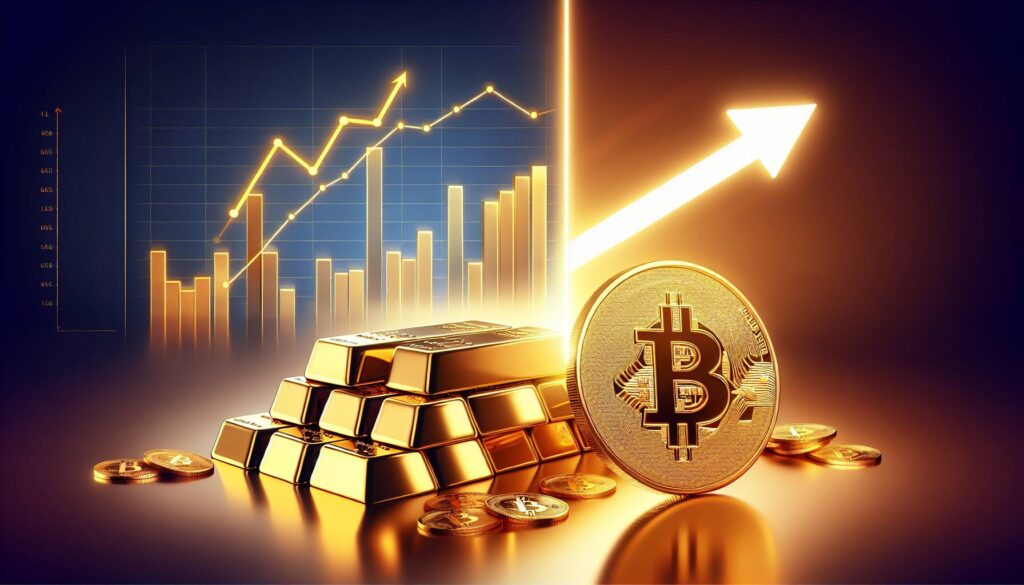The cryptocurrency market has recently witnessed a significant breakdown, drawing attention from traders and analysts alike. This dramatic shift occurred alongside an impressive surge in trading volume, which soared to 137.4 million. This figure indicates an extraordinary 84% increase over the daily average, highlighting a notable uptick in market activity.
As market participants reacted to fluctuating prices, the surge in trading volume underscores the growing interest and engagement within the crypto community.
This increase in trading intensity could suggest a mix of heightened emotional trading and strategic repositioning among investors, as they navigate the complexities of this ever-changing landscape. With such a pronounced rise in volume, observers are keenly analyzing market trends and potential implications for the future of cryptocurrency investments.
Given the volatile nature of digital currencies, the interplay between price movements and trading volume remains a critical area for examination, serving as a barometer for market sentiment and potential next steps. Stay tuned as we continue to monitor these developments closely.

The Impact of Trading Volume Surge on Market Dynamics
The recent breakdown in market conditions is closely tied to a significant increase in trading volume. Below are the key points highlighting this phenomenon:
- Breakdown in Market Conditions: A notable decline in market stability coincided with the trading activities.
- Surge in Trading Volume: Trading volume surged to 137.4 million, indicating heightened investor activity.
- Percentage Increase: The trading volume represented an 84% increase above the daily average, showcasing exceptional market interest.
- Impact on Investors: Such spikes in trading volume can lead to increased volatility and risk for investors.
- Market Sentiment: A high trading volume often reflects changes in market sentiment, potentially influencing future price movements.
- Potential Trading Opportunities: Increased volume can create new trading opportunities but also demands careful risk management.
Understanding these dynamics is crucial for investors aiming to navigate the complexities of market fluctuations.
Analyzing Trading Volatility Amid Significant Volume Increases
The recent market breakdown is notable, especially given the trading volume that soared to 137.4 million, marking an astonishing 84% increase over the average. In a landscape filled with fluctuating market dynamics, such an upswing in trading activity often acts as a double-edged sword.
One competitive advantage of this surge is the heightened liquidity it creates, allowing for easier entry and exit points for traders. This could attract both institutional and retail investors looking to capitalize on price movements. Conversely, the volatility can deter risk-averse investors, who might view these conditions as a breeding ground for unpredictable swings.
When comparing this situation to similar news within the trading sector, other markets that have recently experienced spikes in volume often benefit from increased investor interest. However, they also contend with the risks that come with heightened speculation. For example, markets that saw substantial trading volumes following major announcements faced significant short-term upheavals, causing some to question the sustainability of such trends.
Such rapid increases in trading activity could particularly benefit day traders and short-term investors, who thrive on volatility and seek to leverage swift price changes. On the flip side, long-term investors might find themselves grappling with the repercussions of a potential market correction, as heightened volumes can signal overextension or speculative bubbles.
In summary, while the significant increase in trading volume presents intriguing opportunities for active traders, it poses considerable challenges for those with a more conservative investment approach. The market’s rapid shifts underscore the critical balance of risk and reward, necessitating a cautious yet strategic mindset for all participants involved.

















